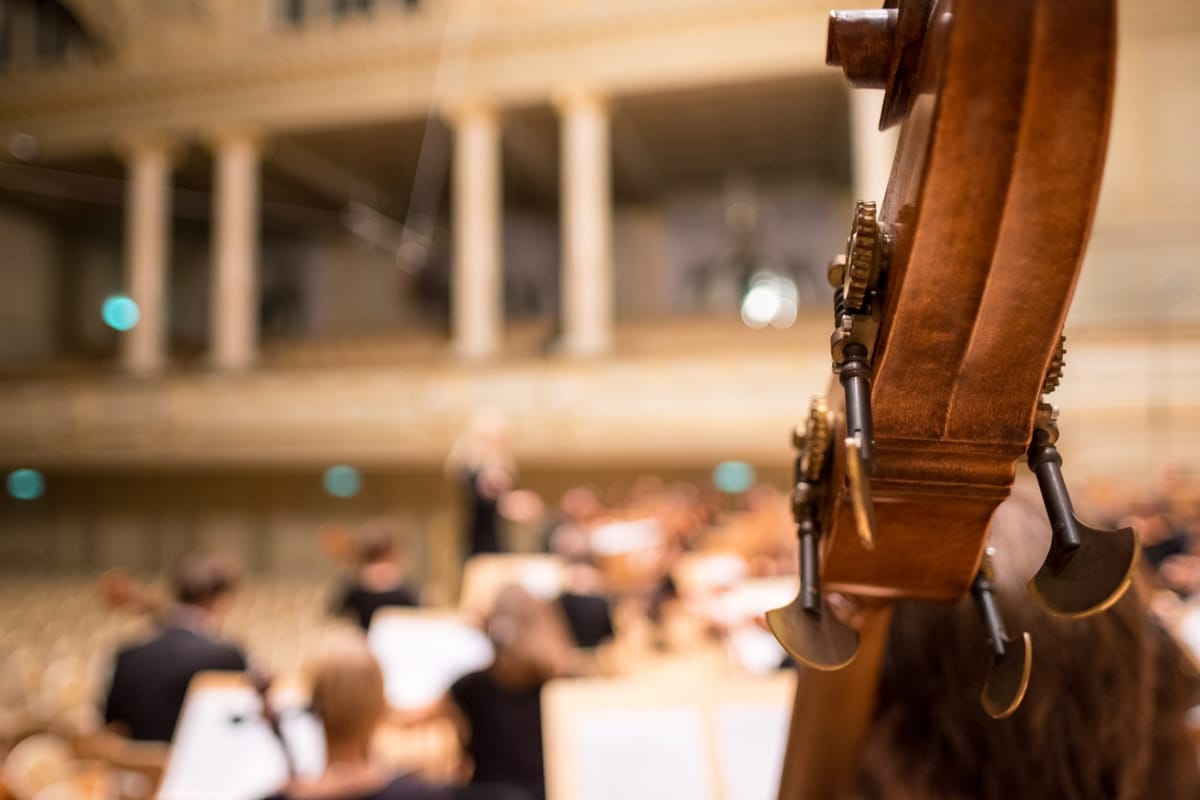The new normal

Shakespeare’s Globe in London, a major theatre and tourist attraction, announced in June last year that it would permanently shut down unless it received a large government handout. The British theatre industry as a whole asked for a £100 million per month bailout. The U.K. government responded to this and similar appeals from orchestras, museums and cinemas by announcing a £1.57 billion rescue package for arts and culture. In India, we have not even discussed the possibility of such relief, probably because we already know the response. Arts and culture in our country have to stand on their own wobbly feet.
Through ten months of the lockdown, all art forms have had to reinvent themselves. This is most difficult for theatre and classical music: when you film theatre, it is no longer a play you are seeing, but cinema, and that means competing with a monster medium. A World Economic Forum study found that global box office revenues for movies in 2019 reached a record $42 billion. And that is without the considerable revenues which come from spin-offs like video games, toys, books and theme parks. How can theatre ever compete with that?
Western classical music faces a similar dilemma: can listening to the Symphony Orchestra of India in your home on YouTube come anywhere close to the experience of being in the Jamshed Bhabha Theatre? Indian classical music also has a problem: it works as a highly interactive exchange between artistes and audience; without that, it’s like listening to All India Radio.
In this scenario, different ways are being devised to deal with the new normal. The Berliner Ensemble, a German theatre company, drastically reduced its seats to ensure social distancing, cutting down a 700-seater auditorium to just 200. They dispensed with the interval to avoid overcrowding and kept doors open through the performance for air circulation. The plays that were staged had minimal characters and no kissing.
London’s Royal Opera House did concerts without a live audience, then broadcast them. But even that could not last long because of the danger of aerosol infection for the singers. So OperaVision, an organisation supported by the E.U.’s ‘Creative Europe’ programme, offered live streaming of recordings of favourite performances of 29 leading opera houses from 17 countries.
The U.K.’s National Theatre could no longer screen their filmed plays to ticket-paying audiences in theatres, so they live-streamed them to everyone for free, asking for voluntary donations starting from just £10. They also roped in stalwarts like Ian McKellen, Helen Mirren, Simon Callow, Julie Walters and Simon Russell Beale to conduct online quizzes to attract audiences. However attractive this might be, it could not go on forever, and even the National Theatre soon ran out of recorded plays they could live-stream.
Not everything is bleak however: the technology of fully immersive exhibitions made virtual reality tours of museums and art galleries a possibility. One of the first to do so was the Museu de Arte de São Paulo—now how many of us were likely to go to Brazil to see it? But now we could, sitting in our living rooms, as we could also visit the British Museum in London, the Van Gogh museum in Amsterdam, the Guggenheim in New York, the Musée d’Orsay in Paris, the Uffizi Galleries in Florence and very many more.
Cinema found it the easiest to adapt because streaming of content through platforms like Netflix provided a viable alternative when cinema theatres were locked down. In fact, Warner Bros. is going to make its new movies in 2021 available on HBO Max (which it owns) on the same day as the U.S. release. If this becomes the norm, what will happen to cinema theatres around the world?
A similar situation faces the publishing industry: while bookstores had to shut down, some permanently, book sales on-line have soared. According to the American Booksellers’ Association, there was a 250 per cent increase in sales and a prominent website even reported a 400 per cent spike. When you think about it, this is not really surprising, because the lockdown forced people to get down to reading. And what did they read? The biggest jump in sales was in the areas of self-help, spirituality and cooking.
(A personal note here: Tata Literature Live! The Mumbai Litfest held in November at the NCPA every year had to be online this year. While we missed out on the buzz and excitement of a live festival, we did get a national and international audience which reached a figure of over four million views).
As the NCPA opens its doors again this month and we eagerly await being part of live events, the way audiences engage with art and culture will have changed forever. Wherever possible, online streaming of events will supplement live performances; this will extend to many areas: for example, a Marat Bisengaliev masterclass can include not only budding musicians in Mumbai but all over the country (and even beyond); an NCPA production will not only play to a packed audience at the Experimental, but can also go online to people in Delhi, Chennai, Bangalore and elsewhere.
In other words, the new normal isn’t all bad: with human ingenuity combined with technological expertise, we can seize the silver linings behind the dark clouds and slowly begin to brighten our lives.
By Anil Dharker. This piece was originally published by the National Centre for the Performing Arts, Mumbai, in the February 2021 issue of ON Stage – their monthly arts magazine.





